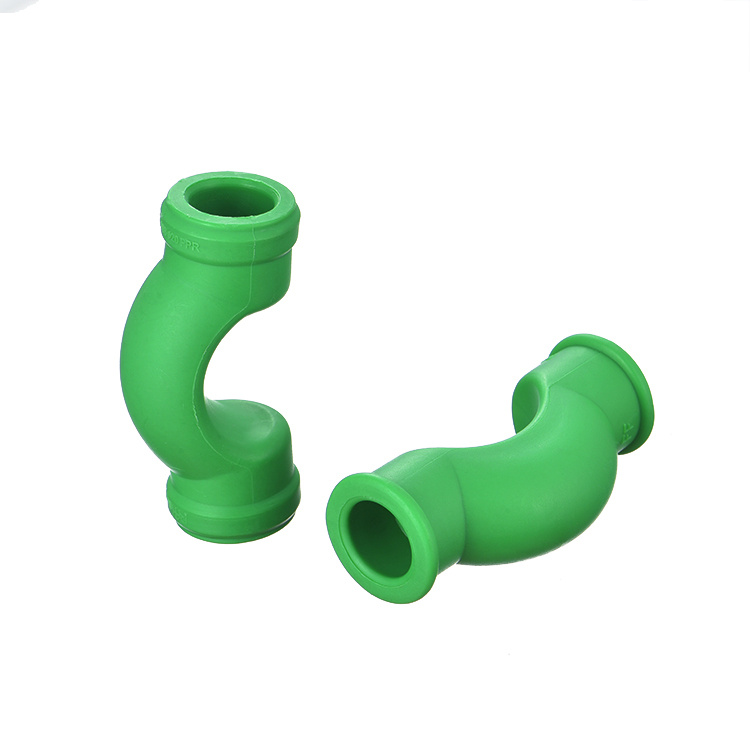How are PPR pipe fittings installed?
The installation process of PPR (Polypropylene Random Copolymer) pipe fittings involves several steps to ensure a proper and reliable plumbing system. Here is a breakdown of the installation process:

1. Planning and Design: Begin by planning and designing the plumbing system, considering factors such as pipe sizing, layout, and connection points. Ensure that the system meets local building codes and regulations.
2. Pipe Cutting: Measure and mark the PPR pipes according to the required lengths. Using a pipe cutter, carefully cut the pipes to the desired lengths, ensuring clean and square cuts.
3. Deburring: After cutting the pipes, remove any burrs or rough edges using a deburring tool or a chamfering tool. This step ensures smooth pipe ends and prevents any interference during the jointing process.
4. Joint Preparation: Before joining the pipes and fittings, ensure that the sockets and the pipe ends are clean and free from dust, dirt, or moisture. Use a clean cloth or brush to wipe the surfaces and remove any debris.
5. Jointing Method: Choose the appropriate jointing method based on the specific project requirements and the type of PPR pipe fittings being used. Common jointing methods include socket fusion, electrofusion, or mechanical connections. Follow the manufacturer’s guidelines and recommended heating or joining times.
6. Connection and Alignment: Insert the pipe ends into the fittings, ensuring proper alignment and engagement. For socket fusion or electrofusion, heat the pipe and fitting ends to the required temperature and then press them firmly together. For mechanical connections, follow the manufacturer’s instructions for tightening the threaded adapters or compression fittings.
7. Cooling and Inspection: Allow the jointed connections to cool and solidify, ensuring that the fusion or compression is complete. Inspect the joints for any visible defects, such as gaps or irregularities, and make any necessary adjustments or corrections.
8. Pressure Testing and Flushing: Once the installation is complete, perform a pressure test to ensure the integrity of the plumbing system. Flush the system to remove any debris or particles that might have accumulated during the installation process.
By following these installation steps and adhering to the manufacturer’s guidelines and local regulations, PPR pipe fittings can be installed correctly, resulting in a reliable and efficient plumbing system. It is recommended to consult with plumbing professionals or experts for complex installations or if any uncertainties arise during the installation process.





